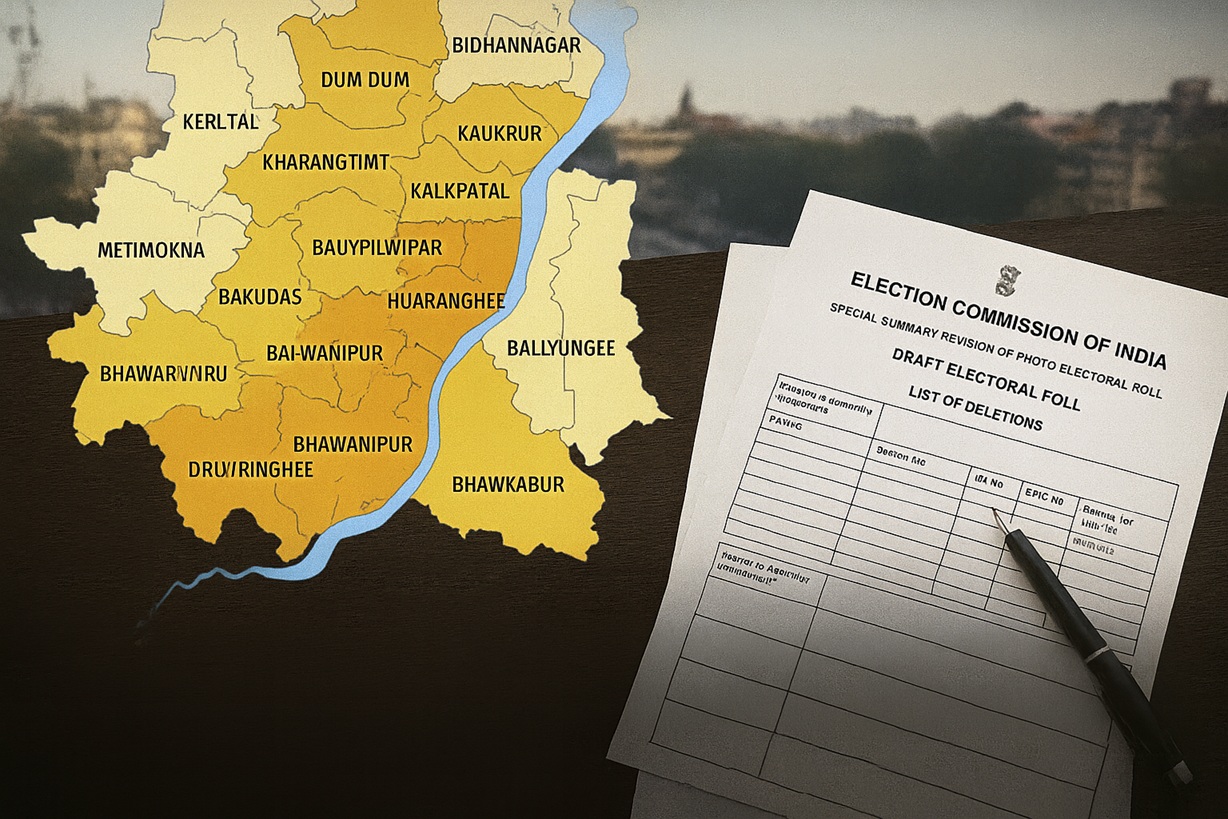
The Crash
- An Indian Air Force Tejas Light Combat Aircraft crashed during an aerobatic display at the Dubai Airshow.
- The crash resulted in the death of Wing Commander Namansh Syal, a trained test and display pilot.
- Eyewitnesses reported the aircraft lost altitude during a maneuver, followed by an attempted ejection that did not fully deploy in time.
- Emergency response teams secured the area within minutes.
Show Continues Despite Fatality
- The airshow’s organizers resumed demonstrations within hours, continuing the scheduled program.
- The decision sparked widespread criticism, particularly within professional aviation circles.
- Observers argued the continuation prioritized spectacle and contracts over respect and safety.
US F-16 Pilot Reacts
- Captain Taylor Hiester, a U.S. Air Force F-16 demo pilot present at the venue, expressed shock and disbelief.
- Hiester emphasized that in established aviation culture, a fatal incident mandates grounding.
- He noted that U.S. and NATO military protocols suspend all flights after a crash until safety reviews are complete.
Remembering Wing Commander Namansh Syal
- Syal was a highly trained test and aerobatic pilot, with extensive experience flying the Tejas.
- He represented India’s indigenous aircraft at multiple international showcases.
- His death has led to a deep sense of loss within the IAF and global aviation community.
Safety and Ethical Concerns
- The incident has triggered renewed debate over:
- Airshow safety standards
- Display maneuver risk limits
- Emergency decision-making protocols
- Aviation experts argue that ethical respect for aviators must outweigh commercial interests.
- The tragedy has become a defining moment for international airshows.
- It raises the key question:
Should commercial demonstrations continue when the life of a military aviator has just been lost?





